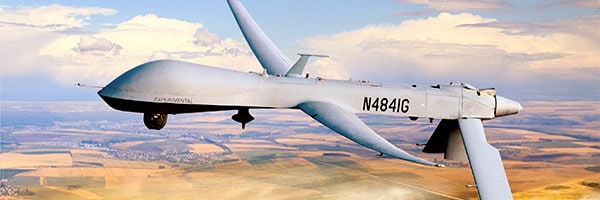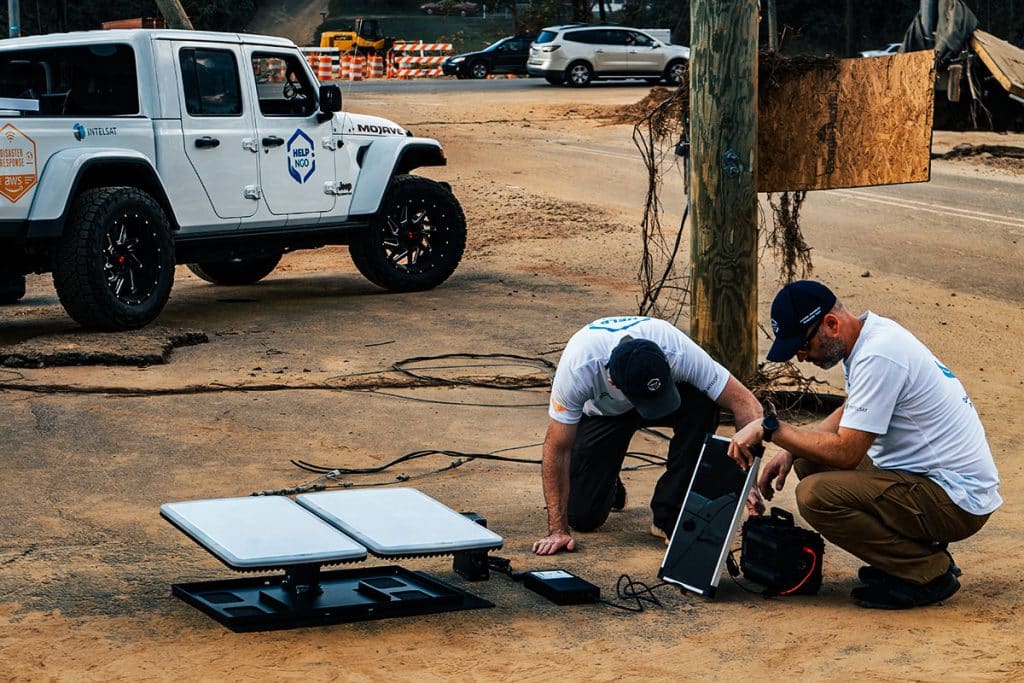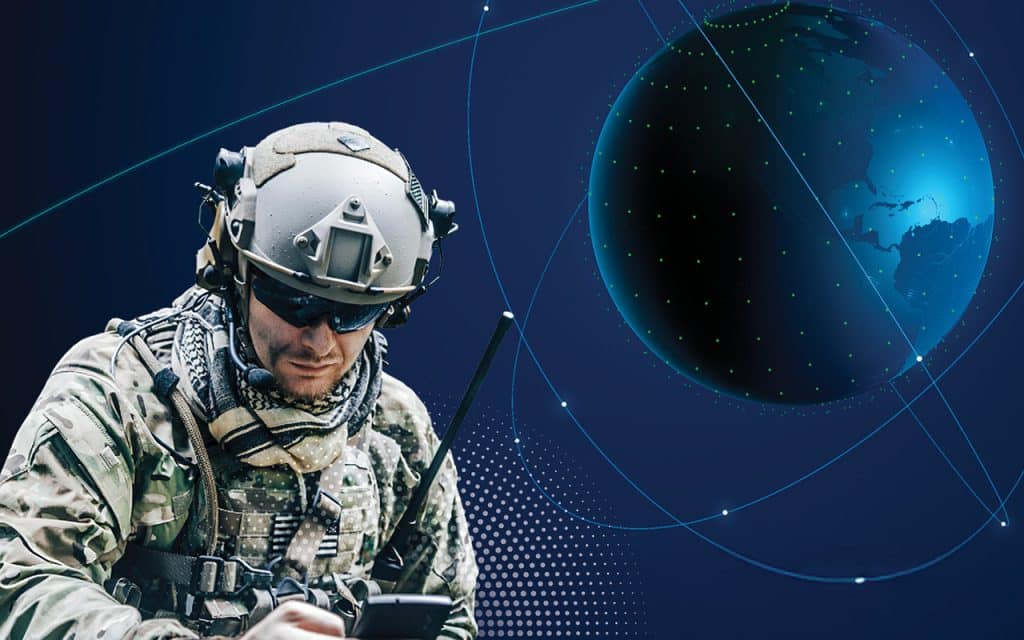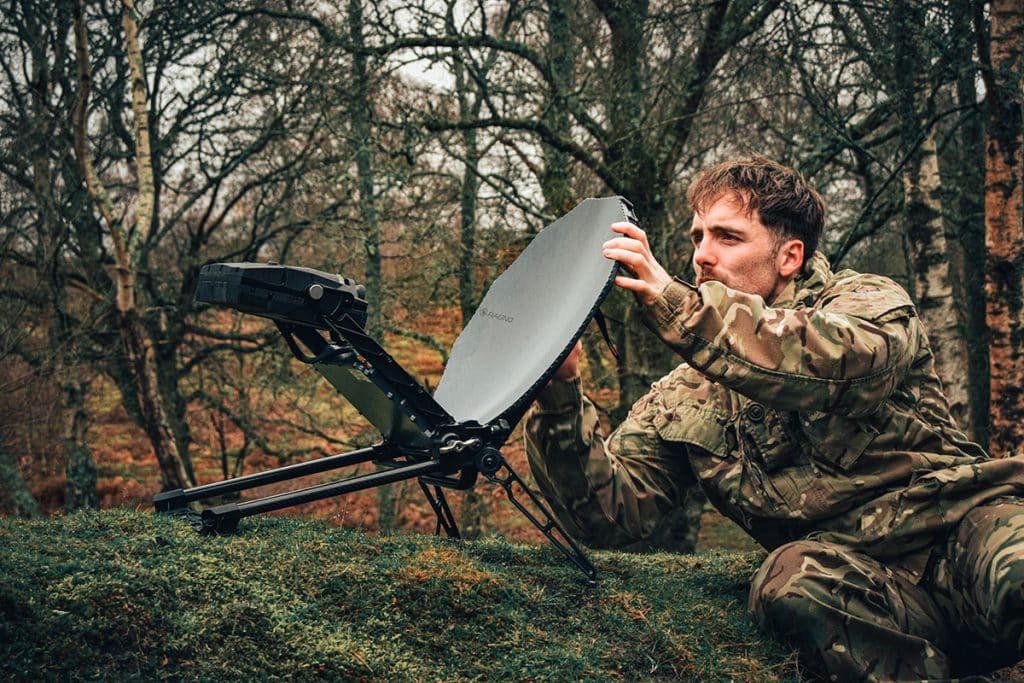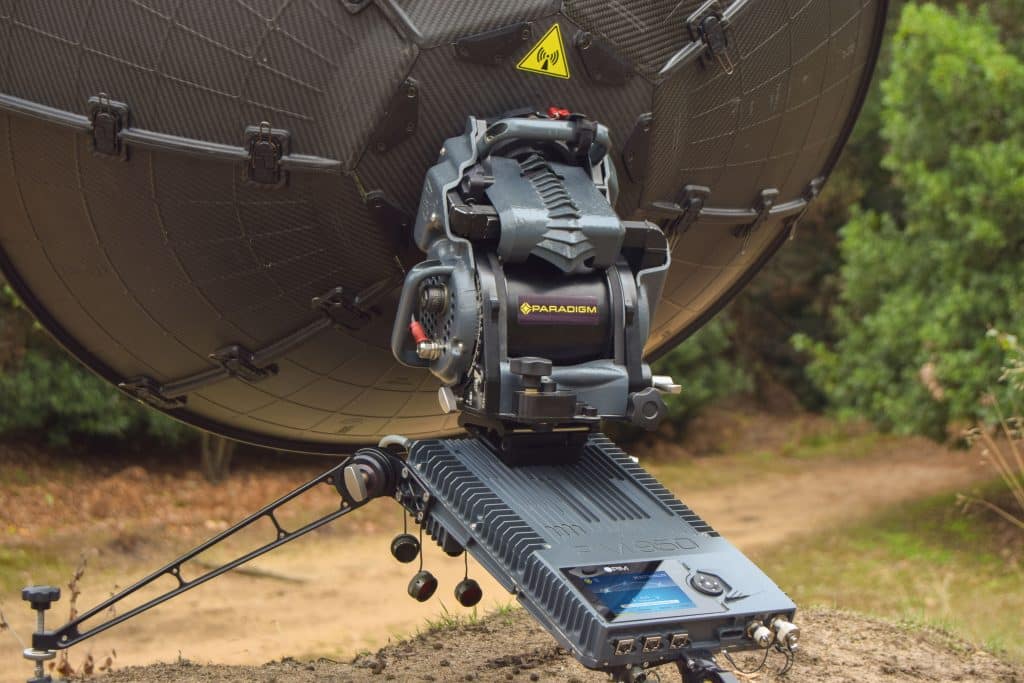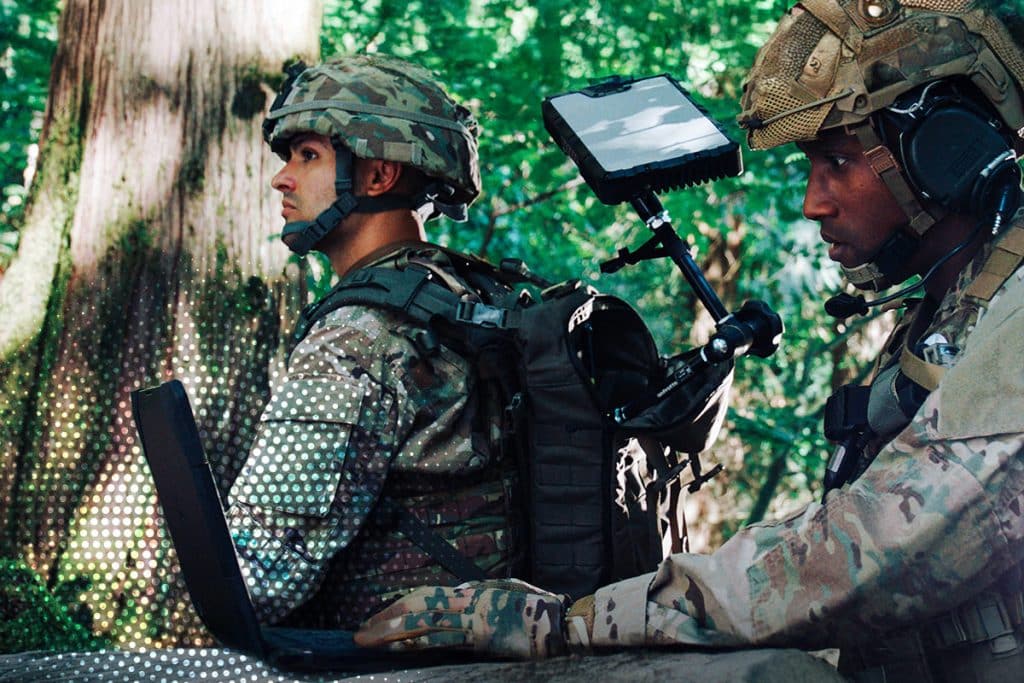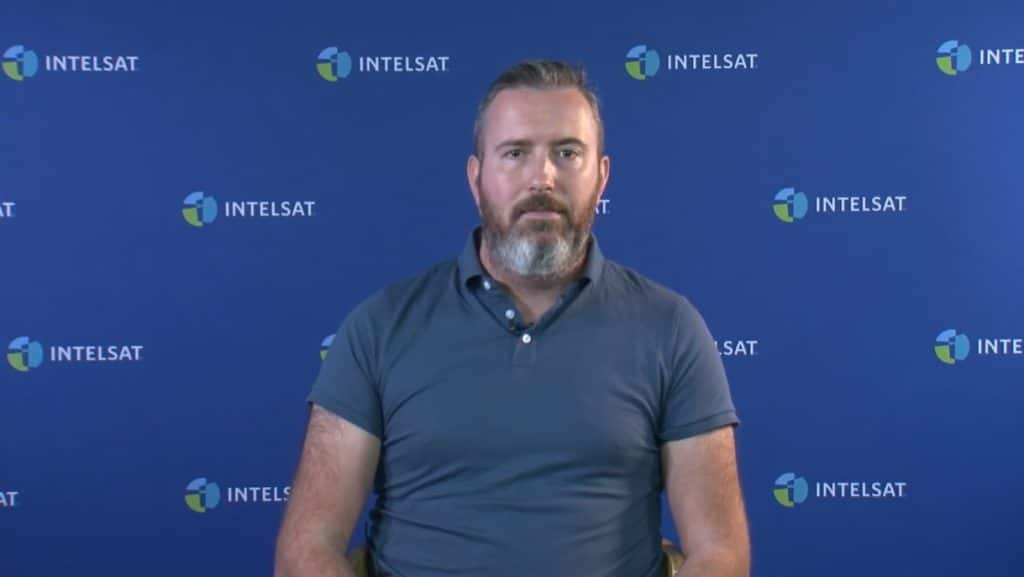North Dakota UAS Training Center Depends on IGC Satellite Connectivity
Intelsat General
Unmanned Aircraft Systems (UAS) have played an important role in the U.S. military’s operations in the Middle East, Africa and Southwest Asia in recent years, using ever-more-sophisticated on-board sensors and cameras to provide valuable intelligence to troops on the ground. As the UAS technology has evolved, companies serving government customers have introduced a range of non-military applications, from crop and pipeline inspection to international border surveillance and natural disaster monitoring, increasing the market for UAS.
General Atomics Aeronautical Systems Inc. (GA-ASI) has been developing UAS technologies for nearly 25 years and recently established its Flight Test and Training Center for customer pilots at the Grand Sky commercial UAS business and aviation park in North Dakota. Grand Sky, located on 217 acres adjacent to Grand Forks Air Force Base, is the nation’s first UAS facility of its kind, with unmanned aircraft taking off and landing from the base’s runways. The Air Force Base hosts the UAS operations of U.S. Customs and Border Protection (CBP). Grand Forks is also home of the University of North Dakota, a highly respected school for training pilots and for its unmanned-aviation studies program. Operations by GA-ASI, CPB, and the military require the capability to conduct beyond-line-of-sight (BLOS) operations.
BLOS operations require a satellite connection both to connect the ground-based pilot to the aircraft and to retrieve data and images collected by on-board sensors. Intelsat General recently signed a contract with GA-ASI to provide bandwidth for flight operations at the North Dakota test center, as well as for the company’s UAS operations from its Gray Butte flight operations center in California’s Mojave Desert and its facility at Yuma Proving Grounds in Arizona.
Steve Kelly, Director of the GA-ASI center, said the North Dakota site has some advantages over the company’s Southern California facility, one of which is that the airspace is less congested. The company has been flying its Predator UAS out of the North Dakota air base for several years. The newly established training center there will serve U.S. government customers as well as students from overseas governments and agencies.
Kelly said the operational area used for UAS pilot training is a wedge of airspace extending as far as a 100-mile arc to the northwest of the base. The flights are controlled by a line-of-site command link and BLOS via a 6-meter Ku-band satellite dish that connects to a commercial satellite. GA-ASI has three Predator UAS at the site and is able to fly two simultaneously.
One of the FAA’s main concerns about domestic UAS operations is that U.S. airspace is crowded with a wide range of commercial, military and private aircraft. To win FAA approval for the BLOS flights from the North Dakota facility, Grand Sky is installing the Harris RangeVue system that can combine the Air Force Base radar feed and other aircraft position information from FAA flight controllers and other sources into one data stream. This allows pilots on training flights of the Predator UAS to have full situational awareness of all manned and unmanned aircraft in or near the flight operations area. The Northern Plains UAS Test Site recently received FAA approval to move forward in a two-phased approach using RangeVue that will ultimately allow BLOS flights without requiring a manned chase plane to continually observe the UAS.
In addition, Kelly said GA-ASI is currently working with the FAA, NASA and several industry partners to develop standards and test an on-board detect-and-avoid (DAA) system for Predator that provides an electronic means to meet the FAA’s DAA Phase I requirements. DAA is a key capability for full integration of UAS into the FAA’s National Airspace System. A prototype DAA system has been flying since 2014 and provided the empirical flight data in support of the standards that were released in May. In the future, when a plane is equipped with such a certified system, the on-board platform will provide the “pilot-in-the-loop” alerts and guidance to remain clear of a conflict, including vertical automatic aircraft maneuvers to avoid a potential collision.
Kelly said the pilots going through the training typically have flown hundreds of hours in commercial or military aircraft. The 90-day training curriculum can be tailored to fit the experience and needs of the individual pilots. They use a classroom and a flight simulator at the University of North Dakota campus, then go to Grand Sky for flight sessions that usually last from two to four hours. However, the aircraft onsite are capable of flying for 24 hours at a time. In addition, the GA-ASI center trains the men and women who operate the sensors on the UAS. At the center, they learn to operate the optical, infrared and other sensors on the aircraft that collect the intelligence, surveillance and reconnaissance (ISR) data from the ground.
“The market for UAS operations is continuing to grow,” said Kelly. “The world just cannot get enough ISR capability, and our training facility will help us meet the demand for pilots and payload operators of these systems.”






